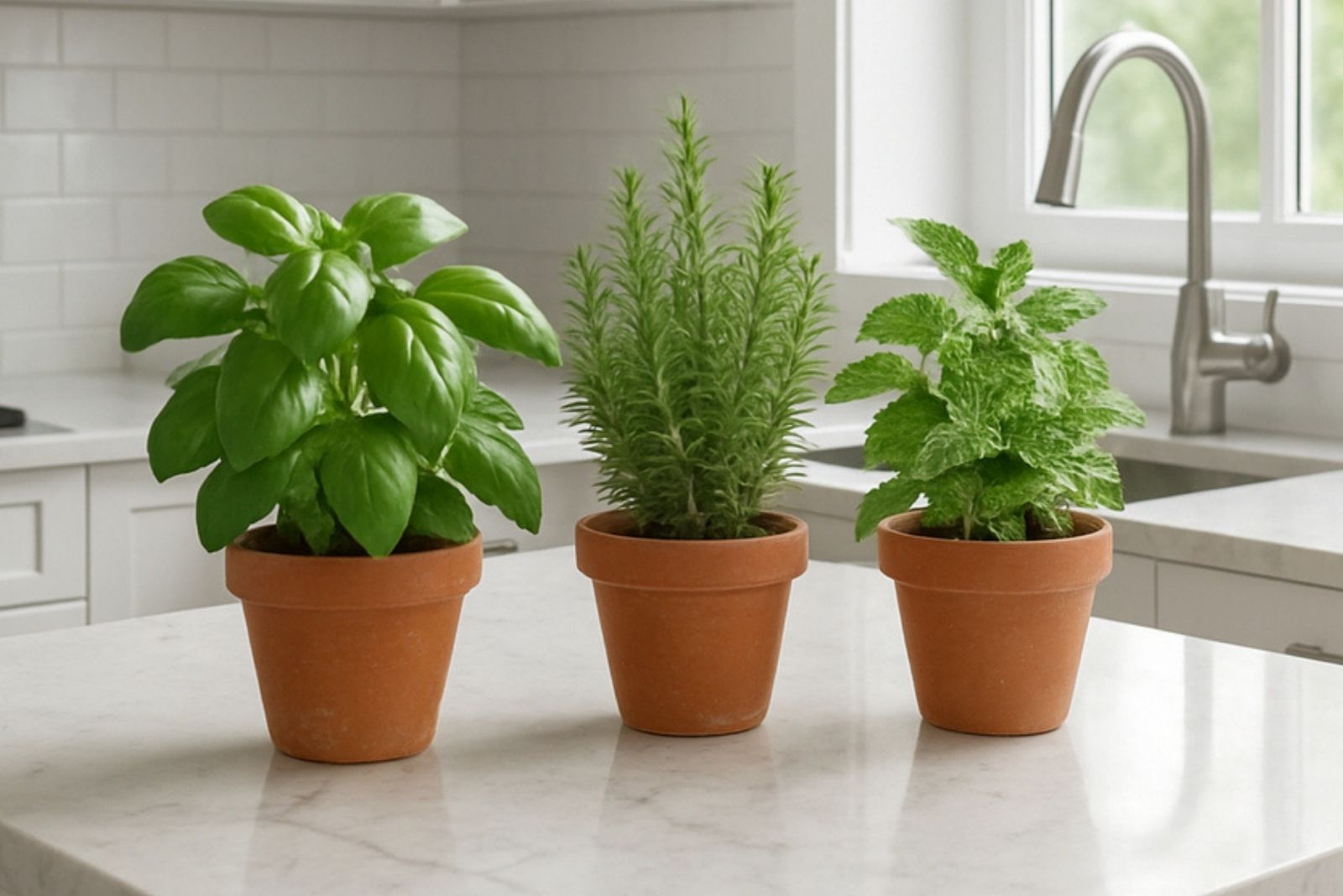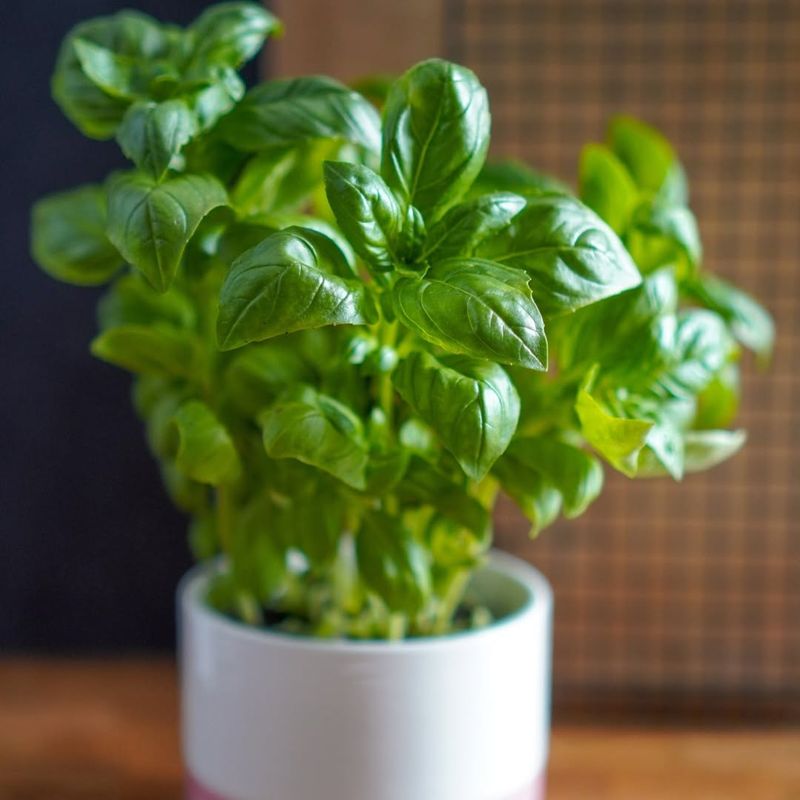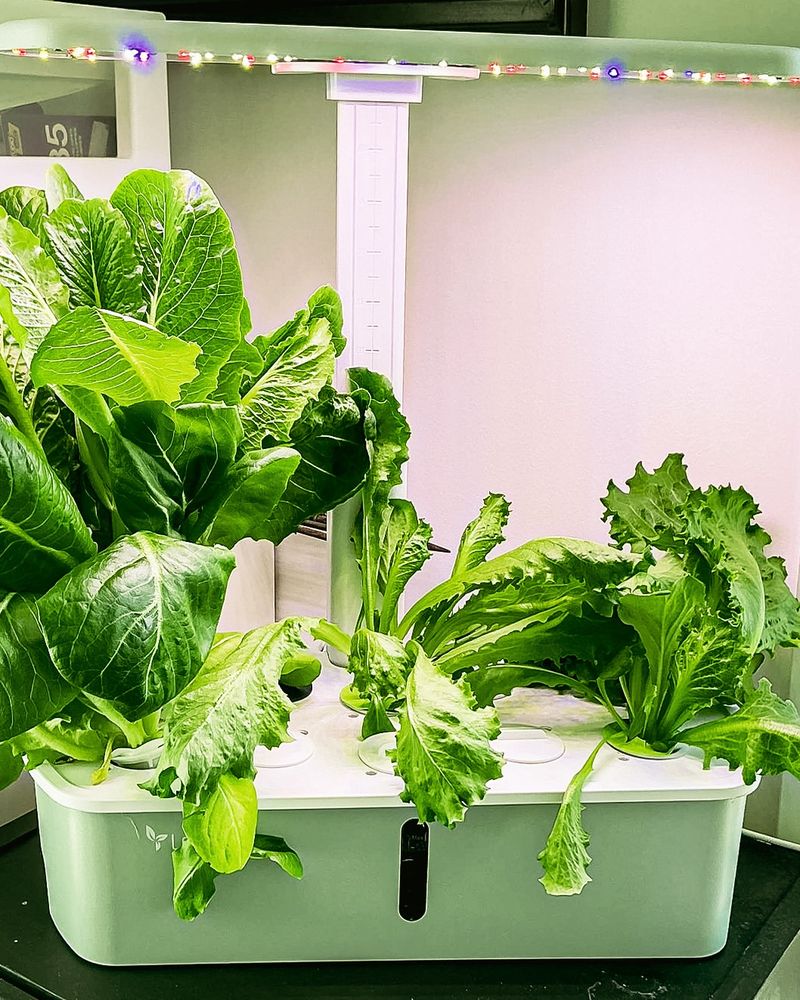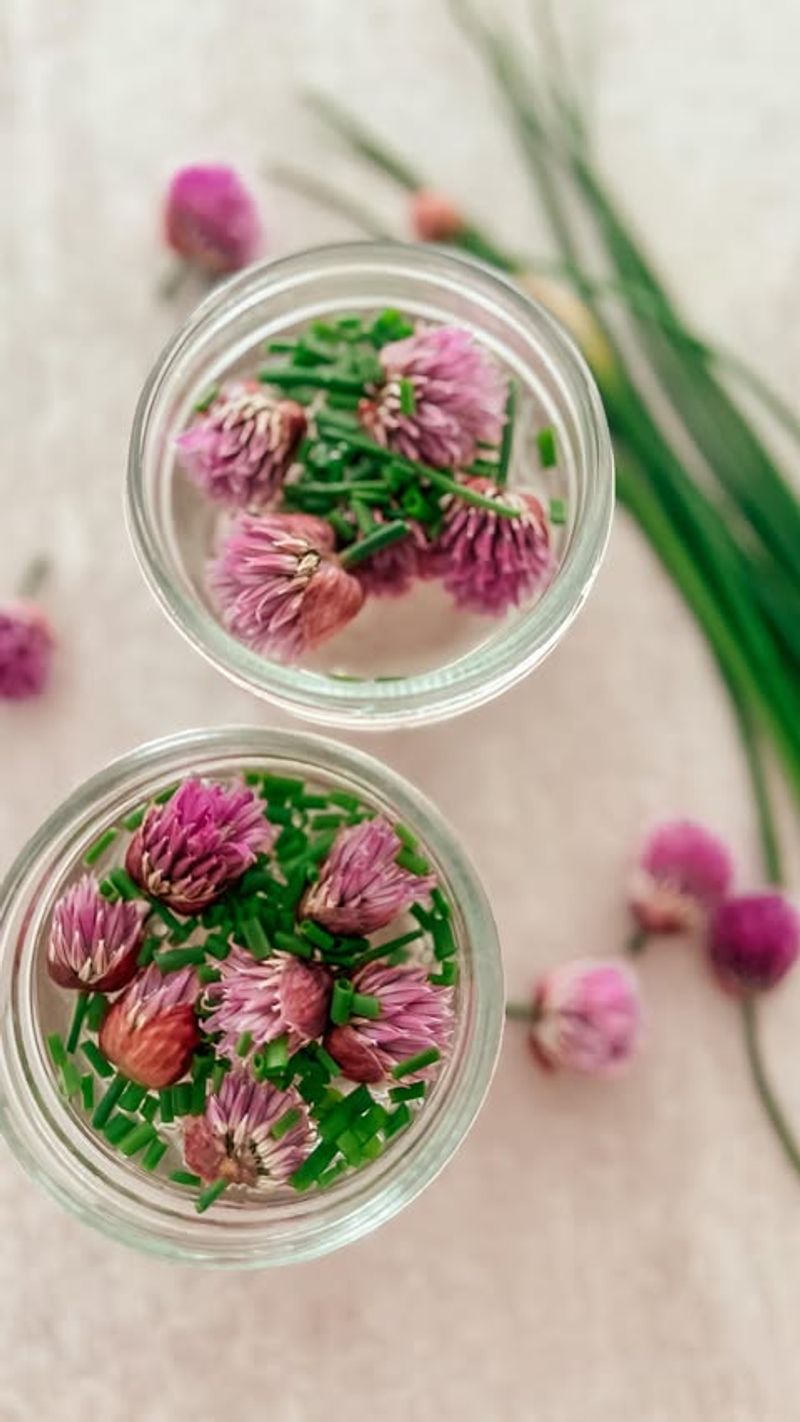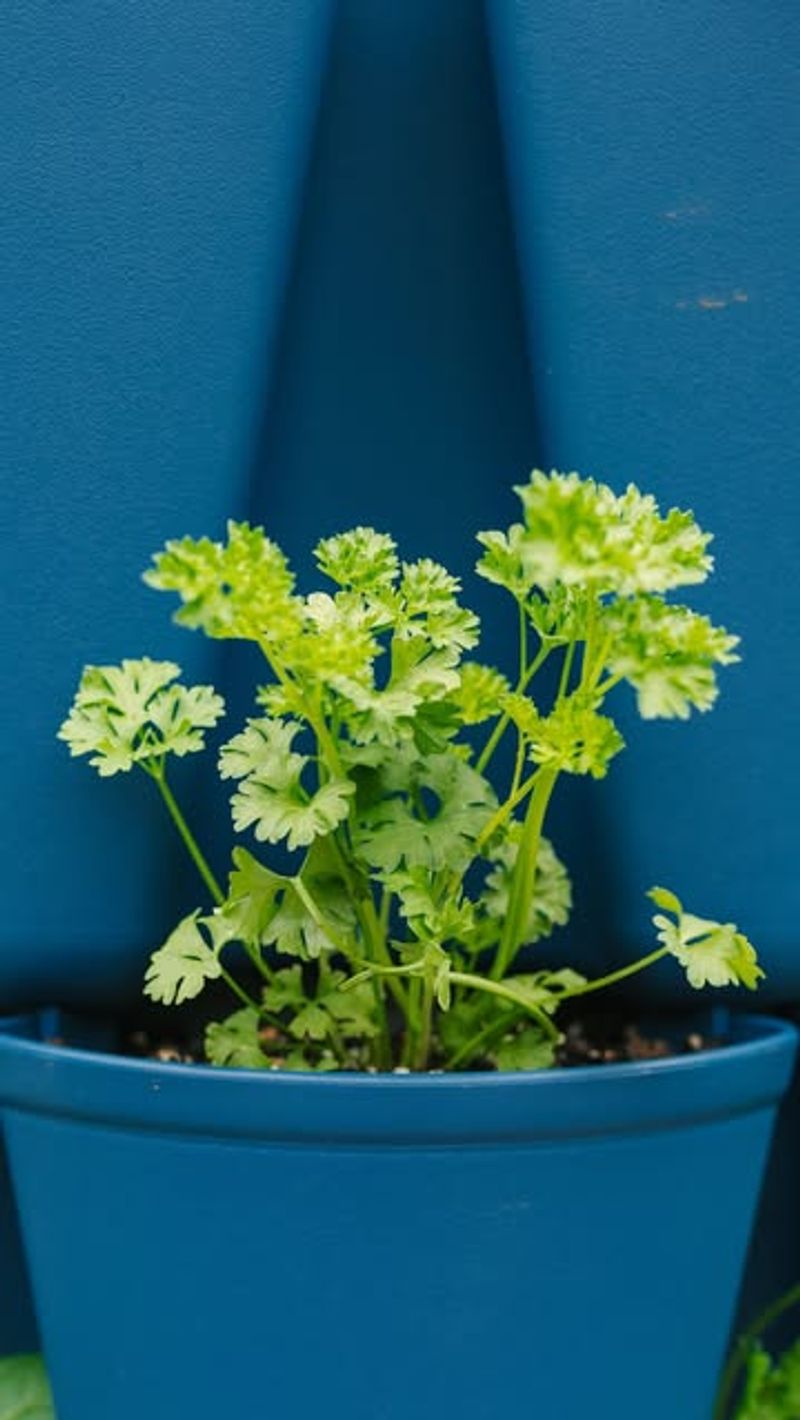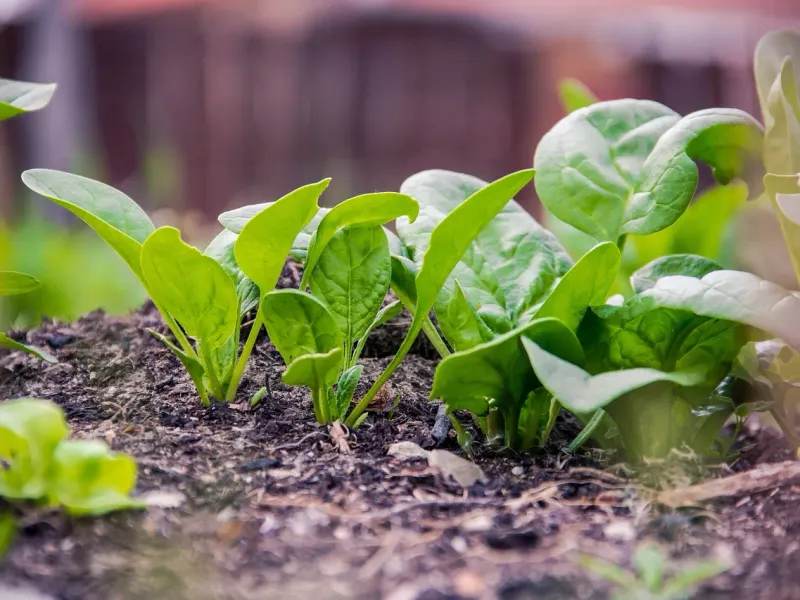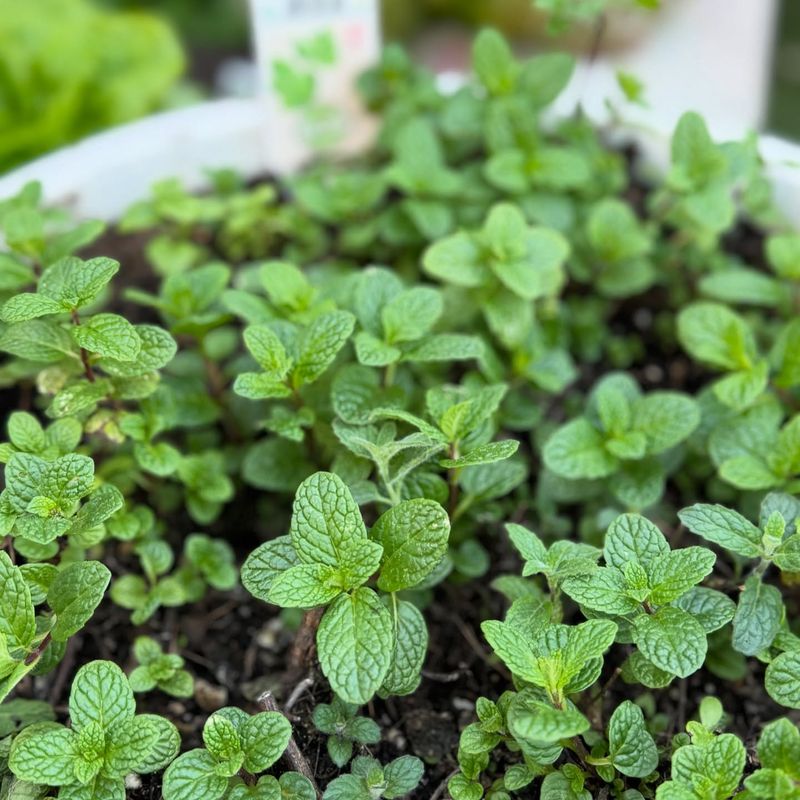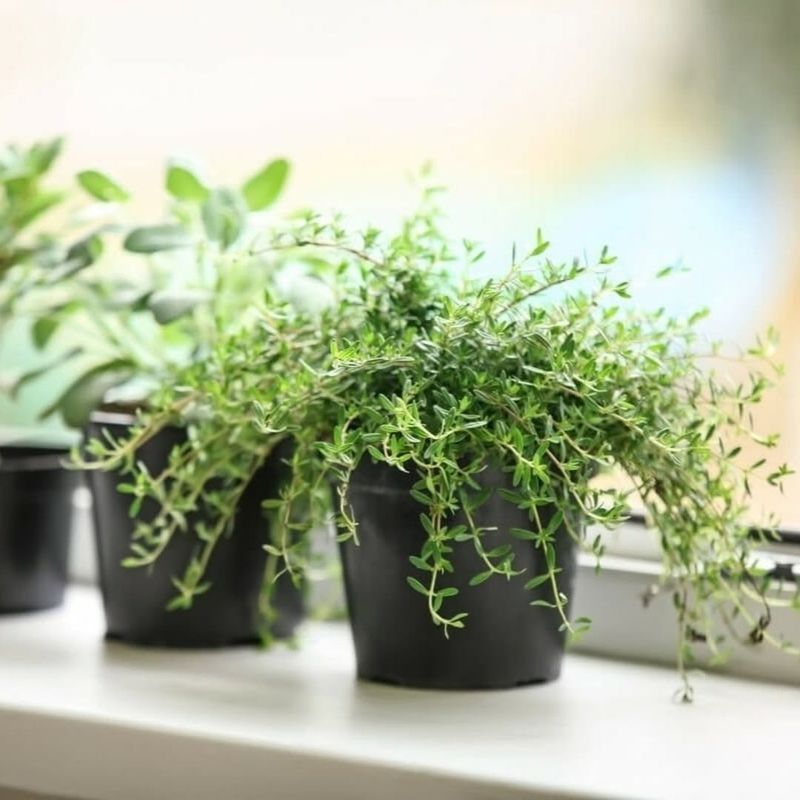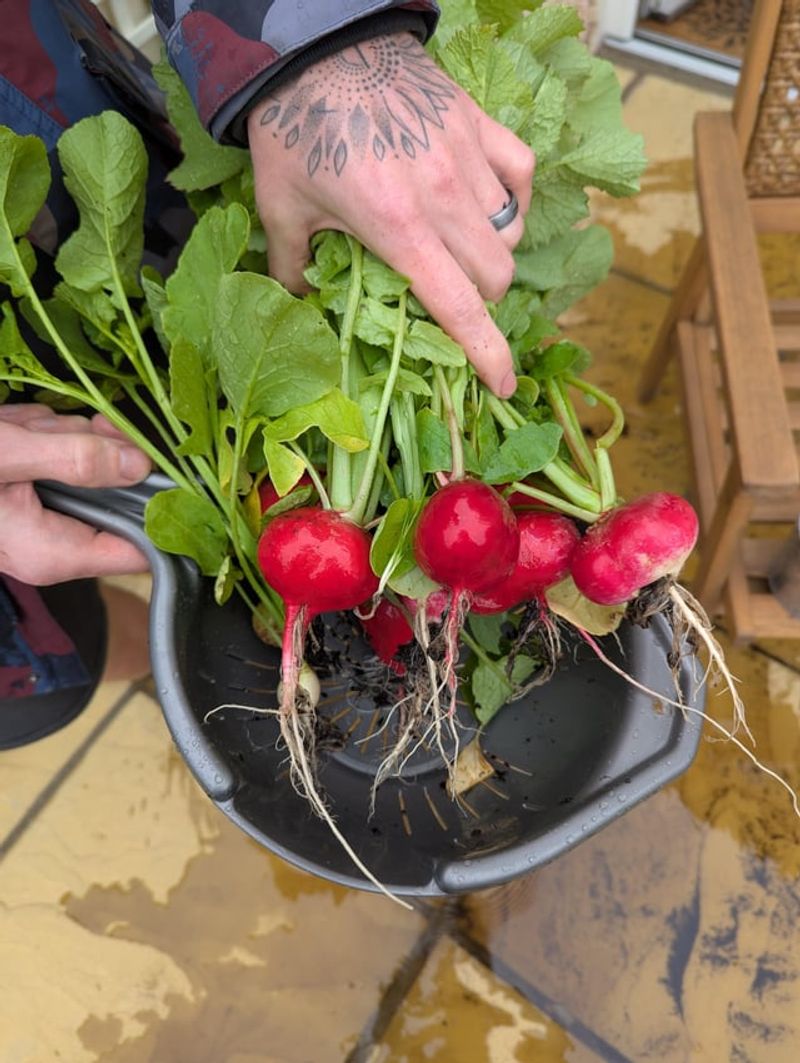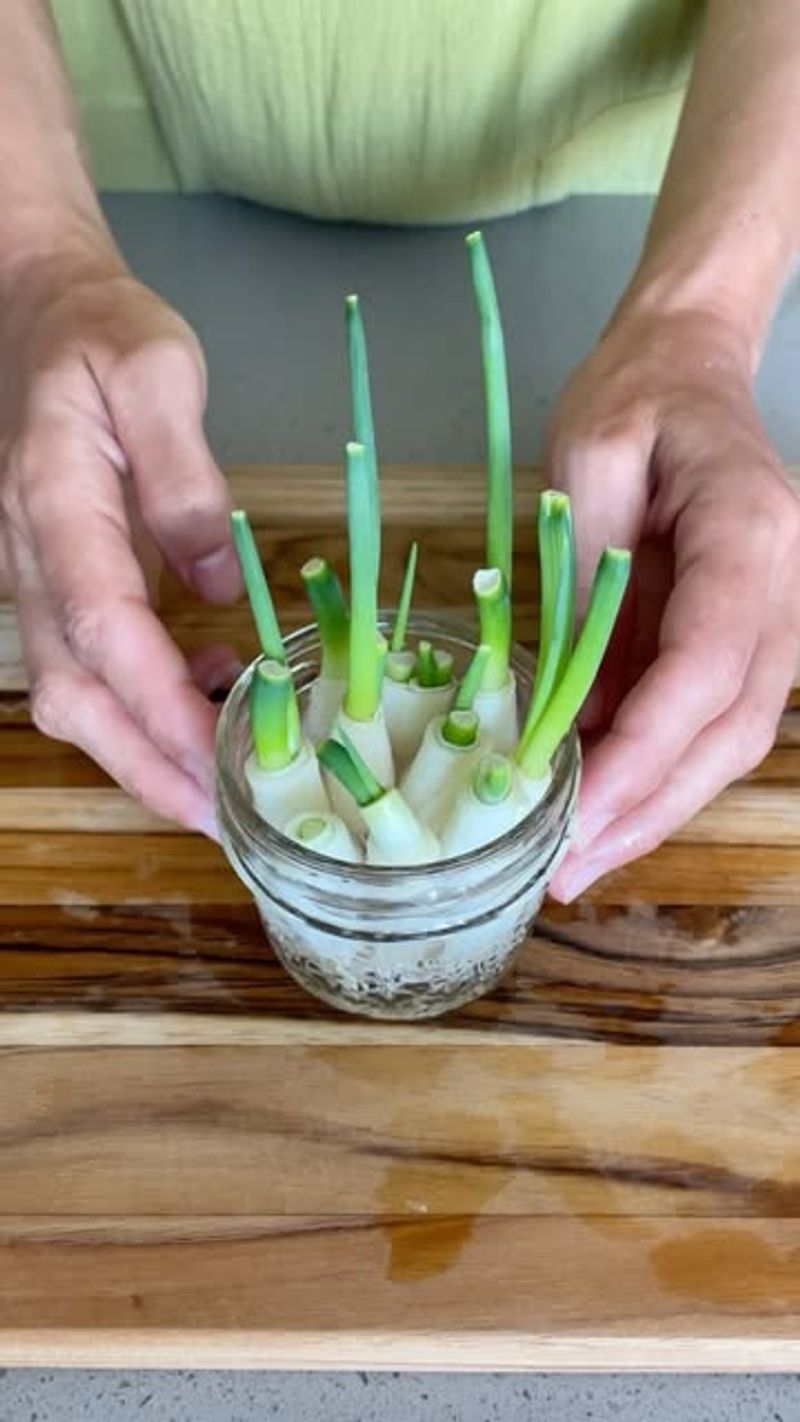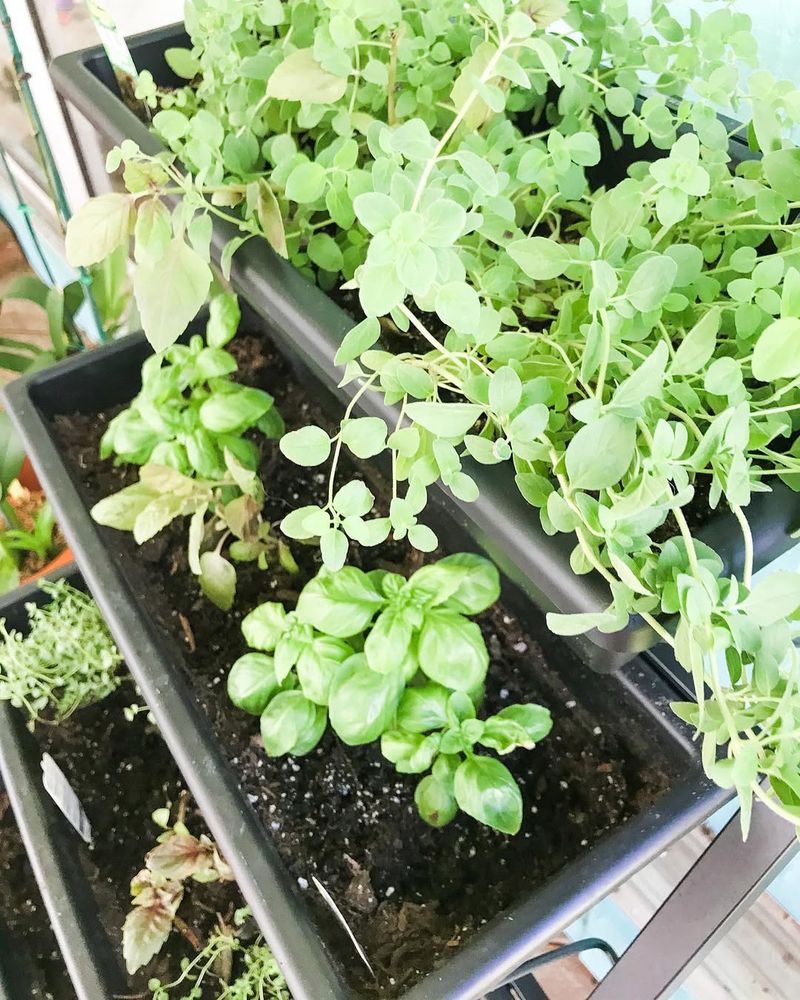Winter in Minnesota can feel endless, with snow piling up and temperatures dropping well below freezing. But even when the ground outside is frozen solid, you can still grow fresh herbs and vegetables right inside your home.
Indoor gardening keeps your kitchen stocked with flavor and nutrition all season long, no matter how cold it gets outside.
1. Basil: A Kitchen Staple That Loves Sunny Windowsills
Growing basil indoors during Minnesota winters transforms your kitchen into a fragrant Italian paradise. This warm-weather herb adapts surprisingly well to indoor life when given enough sunlight and warmth.
Place your basil near a south-facing window where it can soak up at least six hours of light daily. Water when the top inch of soil feels dry, and pinch off flower buds to encourage bushier growth.
For me, nothing beats snipping fresh basil leaves for homemade pizza on a snowy February evening. The smell alone makes the whole house feel warmer and more alive during those long, cold months.
2. Why Lettuce Grows Even Better Indoors Than Outside
Lettuce actually prefers cooler temperatures, which makes it perfect for Minnesota homes where heating systems create varied microclimates. You can harvest fresh salad greens without worrying about slugs or sudden frosts.
Use shallow containers with good drainage and keep the soil consistently moist but never soggy. Cooler spots near windows work well, and you can harvest outer leaves while letting the center continue growing.
I usually keep mine in the guest bedroom where it stays a bit cooler than the rest of the house. Watching those tender leaves unfold week after week makes salads feel special again, even in January.
3. How to Keep Chives Going All Season Long
Chives rank among the easiest herbs for indoor winter growing because they tolerate lower light conditions better than most. Their mild onion flavor adds punch to soups, baked potatoes, and scrambled eggs throughout the coldest months.
Set them near any window with moderate light and water regularly to keep soil moist. Snip leaves from the outside edges, leaving at least two inches so the plant regenerates quickly.
My chives have survived three Minnesota winters now, coming back stronger each year. They need almost no fussing, which suits my sometimes-forgetful watering schedule perfectly during busy winter weeks.
4. Parsley: The Forgiving Herb That Tolerates Minnesota’s Dry Indoor Air
Parsley handles the low humidity levels common in heated Minnesota homes better than many delicate herbs. Both curly and flat-leaf varieties work indoors, though flat-leaf tends to have stronger flavor for cooking.
Provide bright indirect light and keep soil evenly moist without waterlogging. Parsley grows slowly at first but eventually produces abundant leaves you can harvest continuously throughout winter.
I always start mine from small nursery plants rather than seeds because germination takes forever. Once established though, parsley becomes a reliable kitchen companion that never seems to quit producing fresh garnish and flavor.
5. Spinach Thrives In Cool Corners And North-Facing Windows
Spinach loves cool conditions, making it ideal for those spots in your Minnesota home that never quite warm up completely. It grows quickly and provides nutrient-packed greens when outdoor gardens lie dormant under snow.
Plant seeds about an inch apart in containers at least six inches deep with quality potting mix. Water regularly and harvest outer leaves once they reach a usable size, typically three to four inches long.
The first time I grew spinach indoors, I was shocked how much faster it matured than my summer garden spinach. Something about stable indoor temperatures keeps it producing without bolting or turning bitter.
6. A Windowsill Favorite: Mint That Never Stops Growing
Mint grows so enthusiastically indoors that your biggest challenge becomes keeping it contained rather than keeping it alive. Its refreshing flavor brightens tea, desserts, and even savory dishes during Minnesota’s coldest months.
Give mint moderate light and consistent moisture, and it will reward you with rapid growth. Trim regularly to prevent legginess and encourage fuller, bushier plants that produce more harvestable leaves.
Honestly, mint is almost too easy to grow indoors. Mine sometimes gets out of control, sending runners everywhere, but I never complain because fresh mint tea on a subzero morning feels like pure luxury.
7. Thyme: Hardy Herb That Handles Neglect Gracefully
Thyme tolerates the forgetful gardener better than almost any other indoor herb. It prefers drier conditions and needs less frequent watering, which suits the busy schedules many Minnesotans juggle during winter months.
Place thyme where it receives bright light for several hours daily and allow soil to dry slightly between waterings. Overwatering causes more problems than underwatering with this Mediterranean native.
My thyme sits on a shelf near my sunniest window and basically takes care of itself. When I remember to harvest sprigs for roasted chicken or winter soups, it bounces back without complaint every single time.
8. Radishes: The Speedy Veggie That Beats Winter Boredom
Radishes mature incredibly fast, often ready to harvest within three to four weeks of planting seeds. This quick turnaround makes them perfect for impatient gardeners stuck indoors during Minnesota’s seemingly endless winters.
Use deep containers, plant seeds about an inch apart, and thin seedlings as they grow. Radishes need consistent moisture and moderate light to develop crisp, flavorful roots without becoming woody.
Growing radishes indoors feels almost like magic because you see results so quickly. My kids love checking on them daily, watching those little red globes swell beneath the soil surface.
9. Scallions Regrow From Kitchen Scraps With Zero Effort
Scallions might be the ultimate beginner indoor crop because you can regrow them from grocery store leftovers. Just save the white root ends, stick them in water, and watch new green shoots emerge within days.
Place your container near a bright window and change the water every few days to prevent bacterial growth. You can also transplant them into soil once roots develop for longer-term production.
This method has saved me countless trips to the store during Minnesota blizzards when running out for one ingredient feels impossible. Fresh scallions always seem to be exactly what a recipe needs.
10. Oregano: The Low-Maintenance Herb That Flavors Everything
Oregano asks for very little but delivers huge flavor payoffs in pasta sauces, pizza, and roasted vegetables all winter long. It adapts well to indoor conditions and tolerates the dry air that plagues most Minnesota homes during heating season.
Provide bright light and water sparingly, letting soil dry between waterings. Harvest sprigs regularly to keep plants compact and encourage fresh growth from the base.
I keep oregano near my kitchen sink where I can easily snip a few leaves while cooking. It fills that spot perfectly, never demanding much attention but always ready when Italian night rolls around.

